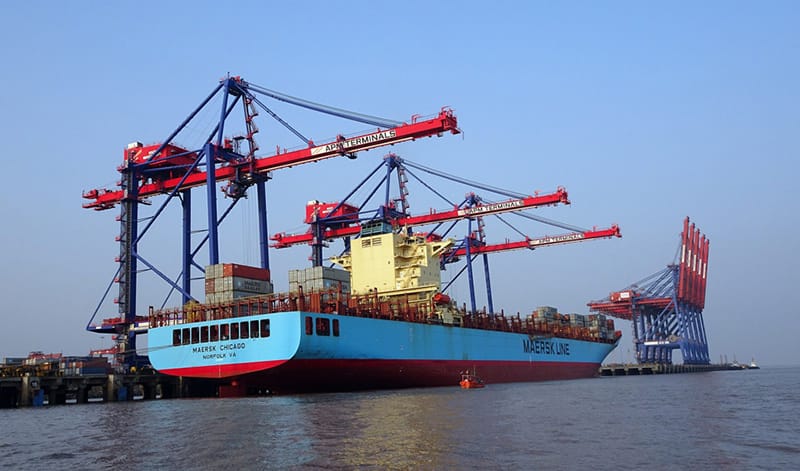
8 February 2022
World market development
Sugar prices have traded in a slight downward trend since reaching the highs in November. More rain in Brazil and better crop outlooks in India and Thailand than anticipated are the main reasons for raw sugar to trade back below USc18/lbs, down from USc20.60/lbs seen in November. The outlook on the medium to longer term does however seem supportive for prices as the sugar market year 2021/22 still look to be a deficit year.
With the Brazilian crop completed all focus have shifted to the next that start in April. With last year’s first impact on the crop still unknown and only halfway through the rain season the analyst collective have a very wide range of production estimates; 32 mill. mt to 36 mill. mt, compared with last year’s 32 mill. mt. So far rain levels have been favourable for the cane development with January reaching exactly their long-term average. For the 7th month in a row, the rainfall during in the Brazil CS region surpassed last season, deviating the coming crop potential from last year adverse development. Levels have however been below their normal level during both November and December and were lately more pronounced in the northern part of the main growing areas, or simply put: Not perfect while excluding a disaster at the same time. Weather forecasts are suggesting a good amount of rainfall in the first part of February as well. Energy prices in Brazil remain a political affair, which is decoupling domestic fuel prices from the world market. Prices have not been raised in line with the increases seen in the world market, which is the official policy, and hence gasoline prices are more favourably priced for consumers than ethanol and with higher-than-expected production of corn-based ethanol there is a downward pressure on ethanol prices bringing the parity in sugar terms to USc17.5/lbs. With presidential elections due in October, Mr. Bolsonaro, keeps exploring ways to reduce price increases of basic items. His intention to withdraw tax from gasoline has been abandoned for now. However, as we approach the elections in October, be ready for more announcements of this kind, which might or might not turn into facts.
The harvest in India is proceeding well, with 15.1 mill. mt of sugar being produced by mid-January (+6% year-on-year). With the recent increase of the White premium, India is also re-emerging as a white sugar seller. Overall, India has contracted about 4 mill. mt of export so far this season, of which 2.4 mill. mt were already shipped before end-January. The expected total export for the season remains at 6 mill. mt. ISMA has released their 2nd crop forecast based on satellite imageries of cane areas, now showing a sugar output of 31.5 mill. mt, 1 mill. mt higher than their previous projection.
The Thai cane harvest got an excellent and early start and is now almost halfway through the season. Accumulated 47.7 mill. mt of cane has been harvested (+22.9% year-on-year) and 5.0 mill. mt of sugar produced (+19.0% year-on-year). Market view is still a total of 90-100 mill. mt of cane and 10-11 mill. mt of sugar for the season.
In China, the Agricultural ministry has reduced their production forecast to 10.07 mill. mt, due both to disappointing harvest developments in the cane regions (related to unfavourable weather) and increased corn planting having reduced the sugar beet production. This will increase further their dependence to sugar imports during the coming season.
Despite improved conditions in Brazil and India most analysts still expect global supply/demand balance to be in deficit. According F.O. Licht a deficit of 3.4 mill. mt is expected. Looking into the sugar market year 2022/23 the supply/demand situation looks fairly balanced, but it is too early to tell how things will develop until then. Higher energy and fertilizer prices will however translate into higher growing and production costs, and it remains to be seen what these effects will have on the sugar market in the long-term perspective.

